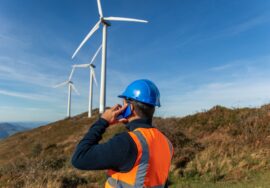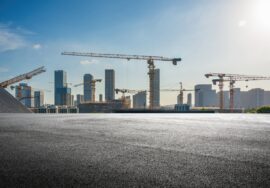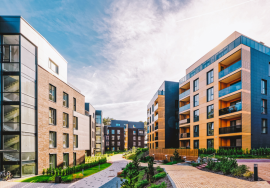How Building Technologies Are Changing the Way We Live
How Building Technologies Are Changing the Way We Live
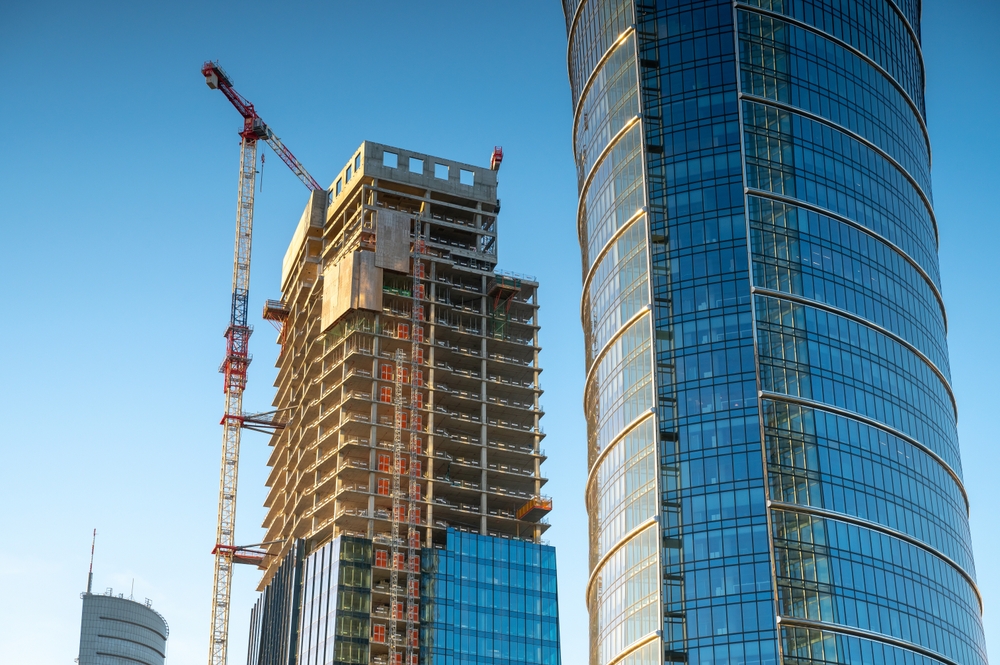
Introduction
Building technologies are not only transforming how we construct buildings but also fundamentally altering the way we live and interact with our environments. From smart homes to energy-efficient designs, these technologies are making our living spaces more comfortable, sustainable, and interconnected. This article explores how building technologies are reshaping our daily lives and the benefits they bring.
Smart Home Technologies
Smart home technologies are at the forefront of changing our living environments. These technologies offer convenience, control, and efficiency:
- Home Automation Systems: Automated systems allow residents to control lighting, heating, cooling, and security systems from a single interface, often through a smartphone or voice-activated assistant. Automation enhances comfort by adjusting settings based on user preferences and routines.
- Smart Appliances: Appliances such as refrigerators, ovens, and washing machines can now be controlled remotely, offering features like energy monitoring, maintenance alerts, and remote operation. This not only makes daily tasks easier but also helps reduce energy consumption.
- Voice-Controlled Devices: Voice assistants like Amazon Alexa and Google Assistant enable hands-free control of various home functions, including entertainment, communication, and smart device management. This adds a layer of convenience and accessibility to everyday life.
For more information on smart home technologies, visit CNET Smart Home and TechRadar Smart Home.
Energy Efficiency and Sustainability
Building technologies are significantly improving energy efficiency and promoting sustainable living:
- Energy Management Systems: These systems monitor and optimize energy usage within buildings, helping to reduce waste and lower utility bills. Features include smart thermostats, energy-efficient lighting, and real-time consumption tracking.
- Green Building Materials: Innovations in building materials, such as recycled and eco-friendly products, contribute to more sustainable construction. These materials help reduce the environmental impact of buildings and enhance their overall energy efficiency.
- Renewable Energy Integration: Technologies like solar panels and wind turbines are being integrated into building designs to generate renewable energy. This reduces reliance on fossil fuels and supports sustainable living practices.
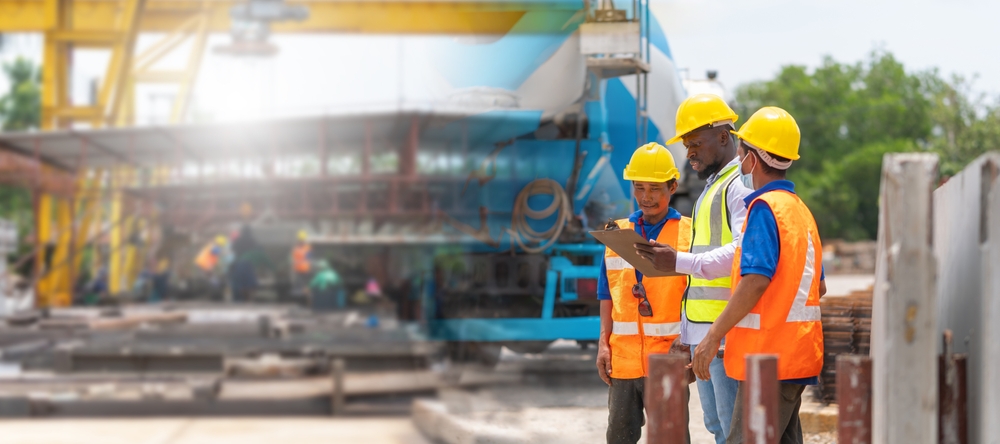
Enhanced Health and Well-Being
Building technologies are also focusing on improving the health and well-being of occupants:
- Indoor Air Quality Monitoring: Advanced sensors monitor indoor air quality, detecting pollutants, allergens, and humidity levels. This data helps maintain a healthy living environment and can be used to adjust ventilation and air purification systems.
- Smart Lighting: Lighting systems that adjust based on natural light levels and time of day contribute to better sleep patterns and overall well-being. Circadian lighting systems, for example, mimic natural sunlight to support a healthy daily rhythm.
- Wellness-Focused Designs: Building technologies are incorporating features that enhance physical and mental health, such as access to natural light, ergonomic design, and spaces that promote relaxation and social interaction.
Improved Connectivity and Integration
The integration of various building technologies enhances connectivity and streamlines living experiences:
- Internet of Things (IoT): IoT devices connect various systems and appliances, allowing for seamless communication and control. This connectivity enables features like remote monitoring and automated responses based on real-time data.
- Building Management Systems (BMS): BMS integrate and manage multiple building functions, such as lighting, HVAC, and security, from a centralized platform. This integration improves efficiency, reduces operational costs, and enhances overall building performance.
Future Trends
As technology continues to advance, we can expect even more innovations that will further transform our living environments. Emerging trends include:
- AI and Machine Learning: These technologies will enable even more personalized and predictive automation, enhancing comfort and efficiency based on individual preferences and behaviors.
- Augmented Reality (AR) and Virtual Reality (VR): AR and VR are likely to play a role in designing and experiencing living spaces before construction begins, providing immersive previews and design flexibility.
Conclusion
Building technologies are profoundly changing the way we live, offering greater convenience, energy efficiency, and improved health and well-being. From smart home innovations to sustainable practices, these technologies are shaping the future of our living environments. As advancements continue, we can look forward to even more enhancements that will make our homes and buildings more connected, efficient, and responsive to our needs.
To explore more about how building technologies can enhance your living environment, contact us here.
Read more related articles to enhance your knowledge and make informed decisions
10 Essential Steps in the Building Construction Process
How to Choose the Right Materials for Your Construction Project

